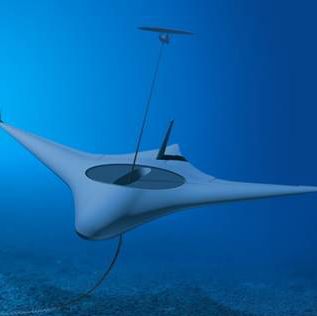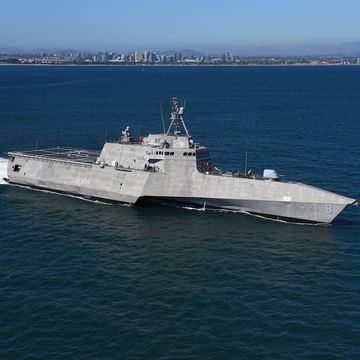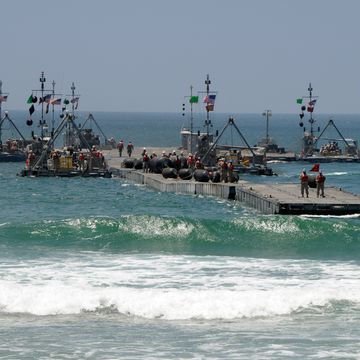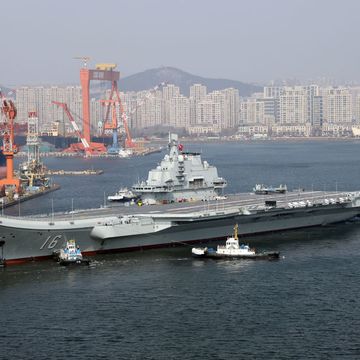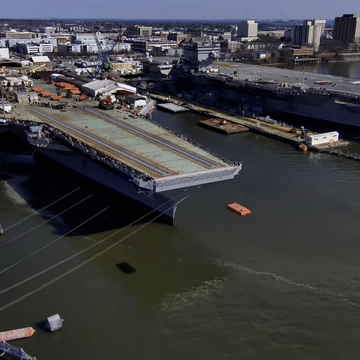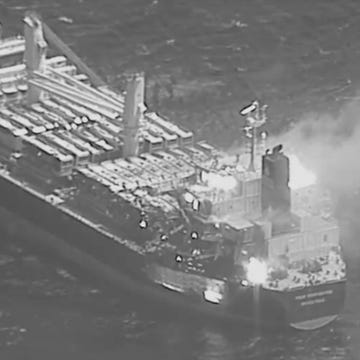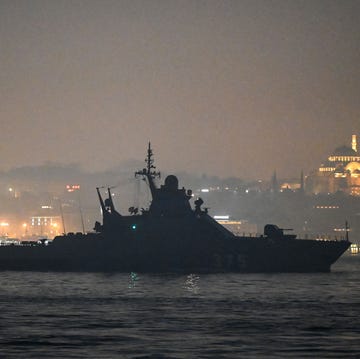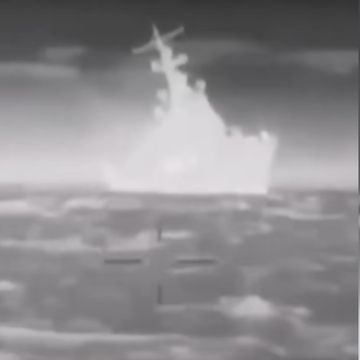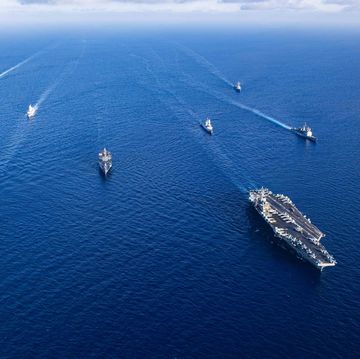- The Defense Advanced Research Projects Agency (DARPA) has awarded contracts to three companies that will help come up with a design for a long-duration unmanned underwater vehicle.
- Known as the Manta Ray Program, the aim is to create autonomous submarines that will require very little maintenance or logistical support during lengthy deployments.
In the near future, the Defense Advanced Research Projects Agency (DARPA) wants to deploy autonomous submarines that can take on months-long missions without any in-person human logistical support or maintenance.
Earlier this month, DARPA awarded contracts to three companies that will help develop the naval vessels: Lockheed Martin Advanced Technology Laboratories, Northrop Grumman Systems Corporation, and Navatek, LLC. A fourth company, Metron, Inc., is working on solutions specific to undersea energy harvesting techniques that will allow the autonomous subs to seamlessly operate at great depths.
Their work is part of DARPA's new "Manta Ray" program, which will advance technology for future unmanned undersea vehicles. The name relates to an artist's mockup of one of these potential subs, which resembles a Manta Ray. With little human support required, DARPA hopes these vessels will eventually become another arrow in combatant commanders' quivers.
"The Manta Ray program aims to increase at-sea operational capacity and capabilities for the combatant commander while minimizing disruptions to current operations by remaining independent of crewed vessels and ports once deployed," Commander Kyle Woerner, program manager for the Manta Ray project in DARPA's Tactical Technology Office, said in a prepared statement. "If successful, this new class of UUVs would allow operational flexibility and relief of workload for both traditional host ships and servicing ports."
Not only does the Manta Ray program plan to identify energy management techniques for unmanned undersea operations, but it's also working on:
- Efficient, low-power undersea propulsion systems.
- Low-power underwater detection and classification of hazards and counter-detection threats.
- Management approaches for extended missions, while also accounting for the dynamic nature of maritime environments.
- New ways to leverage existing maritime datasets for more efficient navigation.
- Better approaches to mitigate biofouling (fouling of pipes by barnacles or algae), corrosion, and other degradation during long deployments.
The work is part of a three-phase program that will result in at-sea demonstrations of the critical technology. According to Lockheed Martin's $12.3 million contract, the estimated completion date for the work is January 2021.
